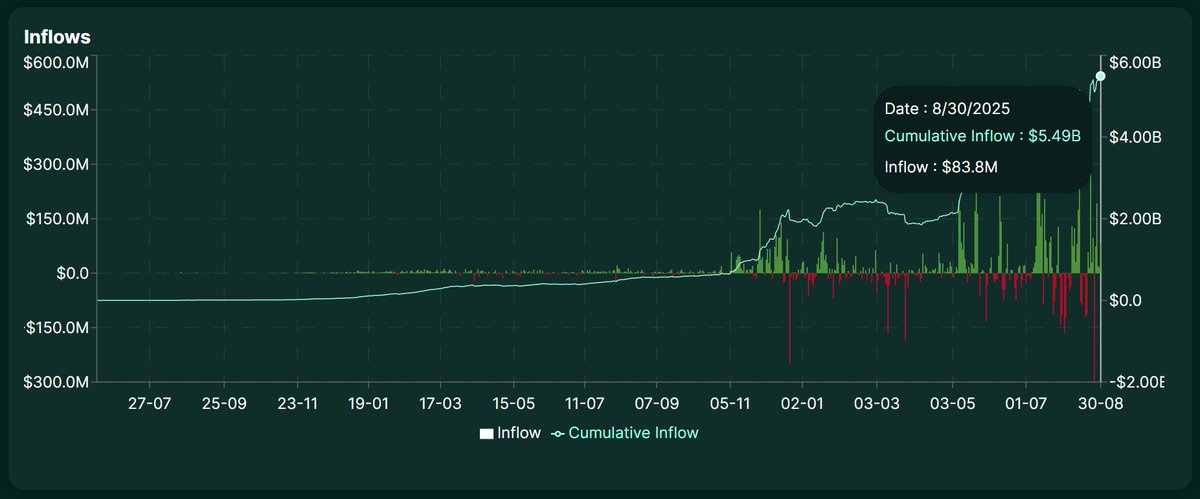
Hyperliquid price
Check your spelling or try another.
Hyperliquid announcements
We are pleased to announce that USDT-margined perpetual futures for HYPE will be enabled at 7:00 am UTC on February 21, 2025. The pre-market futures for HYPE will be delivered at 10:00 am UTC on February 21, 2025. The updates will cover both the web and app interfaces as well as the API. The details are as follows: I. Listing schedule II. Perpetual futures trading HYPE perpetual futures: Hyperliquid is a performant L1 optimized from the ground up.
User-specific position limits Top up your USDT balance to get ready for HYPE/USDT pre-market trading: Risk reminders OKX may suspend such trading in pre-market conditions at any time and at its sole discretion. Please refer to and for more details. OKX team Dec 4, 2024
Hyperliquid Feed
About Hyperliquid (HYPE)
- Official website
- Github
Latest news about Hyperliquid (HYPE)



Learn more about Hyperliquid (HYPE)

Hyperliquid FAQ
Monitor crypto prices on an exchange
Disclaimer
OKX does not provide investment or asset recommendations. You should carefully consider whether trading or holding digital assets is suitable for you in light of your financial condition. Please consult your legal/tax/investment professional for questions about your specific circumstances. For further details, please refer to our Terms of Use and Risk Warning. By using the third-party website ("TPW"), you accept that any use of the TPW will be subject to and governed by the terms of the TPW. Unless expressly stated in writing, OKX and its affiliates (“OKX”) are not in any way associated with the owner or operator of the TPW. You agree that OKX is not responsible or liable for any loss, damage and any other consequences arising from your use of the TPW. Please be aware that using a TPW may result in a loss or diminution of your assets. Product may not be available in all jurisdictions.
Hyperliquid announcements
We are pleased to announce that USDT-margined perpetual futures for HYPE will be enabled at 7:00 am UTC on February 21, 2025. The pre-market futures for HYPE will be delivered at 10:00 am UTC on February 21, 2025. The updates will cover both the web and app interfaces as well as the API. The details are as follows: I. Listing schedule II. Perpetual futures trading HYPE perpetual futures: Hyperliquid is a performant L1 optimized from the ground up.
User-specific position limits Top up your USDT balance to get ready for HYPE/USDT pre-market trading: Risk reminders OKX may suspend such trading in pre-market conditions at any time and at its sole discretion. Please refer to and for more details. OKX team Dec 4, 2024







































Socials